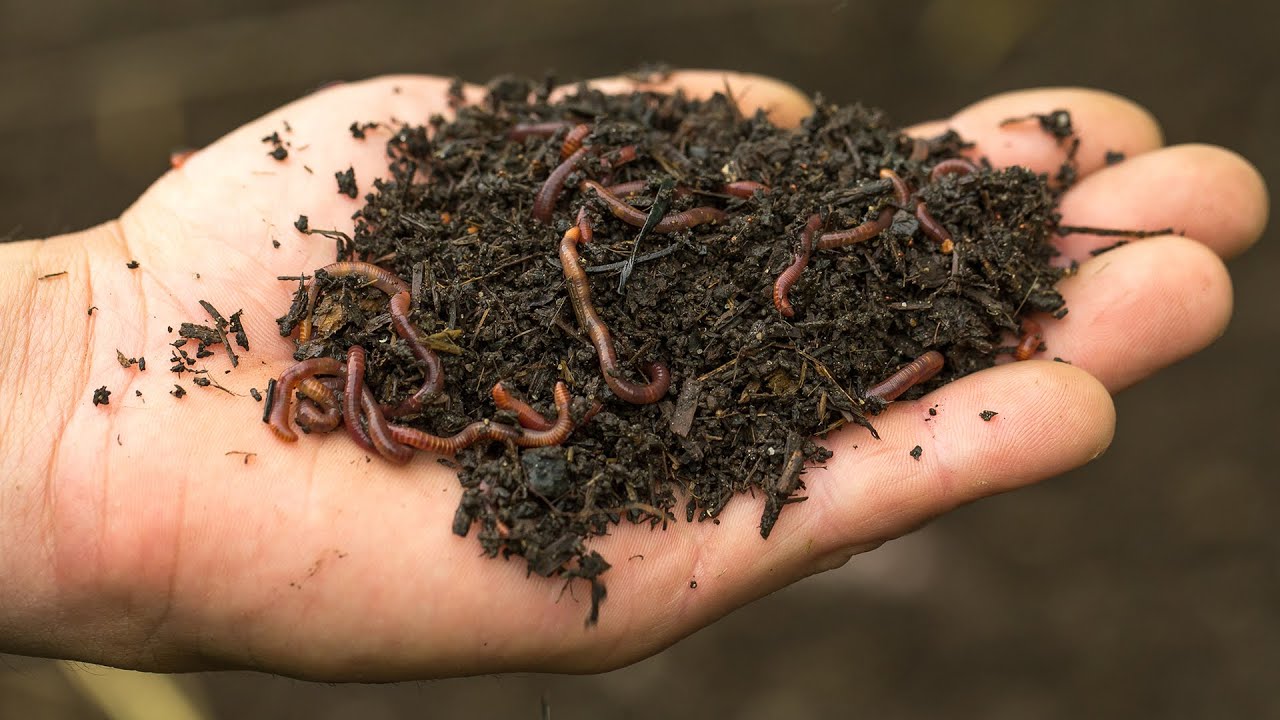“I’m looking to start a commercial worm farming business and I’m trying to determine how much space I might need. I live in Austin, Texas and I have about three acres of land. Ideally, I want to maximize efficiency and productivity. Can you give me a detailed guide on space requirements and considerations for commercial worm farming?” Thanks, William, Austin, USA.
How Much Space Do I Need For Commercial Worm Farming?
William, glad you’re looking into commercial worm farming! The amount of space you’ll need truly depends on several factors. Let’s break it down into digestible bits so it all makes sense.
Factors That Influence Space Requirements
First off, let’s talk about the variables that will influence how much space you’ll need:
- Scale of Operations: Are you looking to start small and scale up, or are you going big right from the start? A larger operation will, of course, require more space.
- Type of Worms: The most common worms for composting are Eisenia fetida (red wigglers). They have specific habitat needs.
- Type of Bedding: The type of bedding and composting system you choose will influence the layout and spacing.
- Climate: Austin’s climate can be hot, so you’ll need to allocate space for temperature control, either through waterproof shading or controlled environments.
- Processing and Storage Areas: You’ll need separate areas for processing the compost, storing raw materials, and keeping finished products.
Estimate the Space Needed
To get a solid estimate, here are some average numbers for commercial worm farming:
“A well-stocked worm bin can ideally house 1-2 pounds of worms per square foot.”
A typical large-scale commercial setup often needs between 5,000 – 10,000 square feet to be viable and manageable. Given that, you have three acres, or approximately 130,680 square feet, you have more than enough to scale up as your business grows.
Setting Up Your Worm Beds
For an efficient setup, consider the following layout:
- Worm Beds: Each worm bed module can be around 4′ x 8′. This provides about 32 square feet per bed, supporting around 30-60 pounds of worms (or about 15,000 to 30,000 worms).
- Pathways: Leave at least 2 feet of space between each bed for easy access and maintenance.
- Storage Area: Allocate approximately 500 square feet (10′ x 50′) for storing feedstock, finished compost, and supplies.
- Processing Area: You need ample space for harvesting compost and separating worms. A 1,000 square foot dedicated area will be efficient for this.
- Quarantine Area: A separate area, perhaps 100 square feet, can act as a quarantine zone for any problematic bins you need to isolate.
Spacing for Environmental Control
Temperature regulation is crucial, particularly in the Texas heat. Consider dedicating a part of your land to housing climate-controlled worm beds to ensure productivity year-round. Modular systems or greenhouses might be necessary, taking up additional space but ensuring your worms thrive under optimal conditions.
Scaling Up
Considering you’re starting with a large area, William, you have the flexibility to start small and gradually occupy more space. Maybe dedicate one acre initially to see how your worms thrive, and expand as your business grows. Using modular techniques, you can expand efficiently without disrupting existing operations.
Infrastructure Considerations
Infrastructure is equally important. Here’s a quick breakdown:
- Water Supply: Efficient irrigation and misting setups are essential as worms need a moist environment.
- Electricity: For climate control, lighting, and machinery used in processing and harvesting.
- Waste Management: Proper waste processing units to handle feedstock and worm castings.
Regulatory Requirements
It’s always important to check local regulations regarding commercial worm farming. Make sure your setup complies with Texas Commission on Environmental Quality (TCEQ) standards to avoid any legal hassles down the road.
Final Thoughts…
Remember, William, the actual space needed may vary based on your specific operational goals, worm species, and local conditions. Starting with a well-planned smaller section and a vision for scaling up can make your worm farming venture both profitable and sustainable. Thanks for sending in your question and best of luck with your worm farming adventure in Austin!
Indoor Worm Composting



